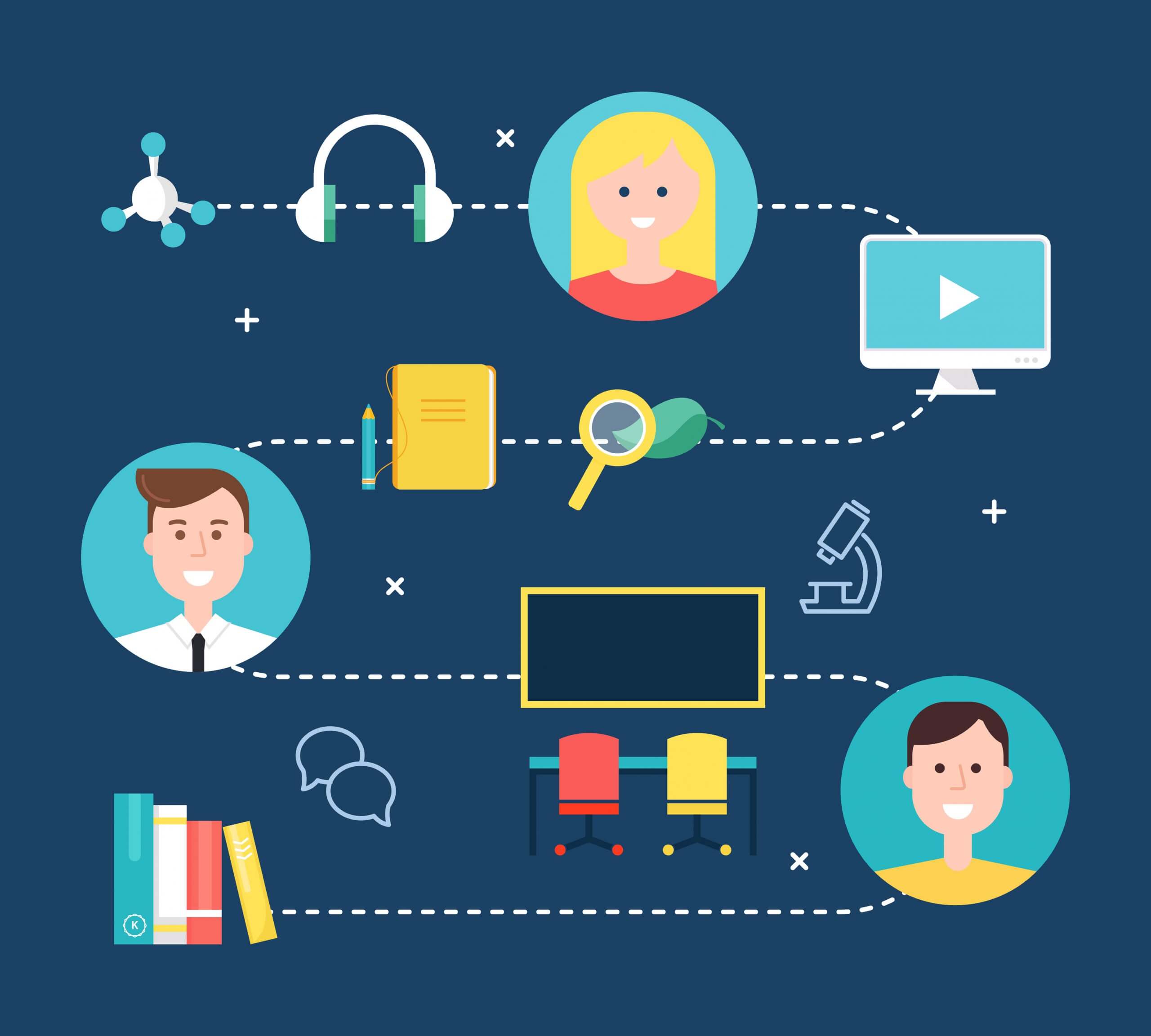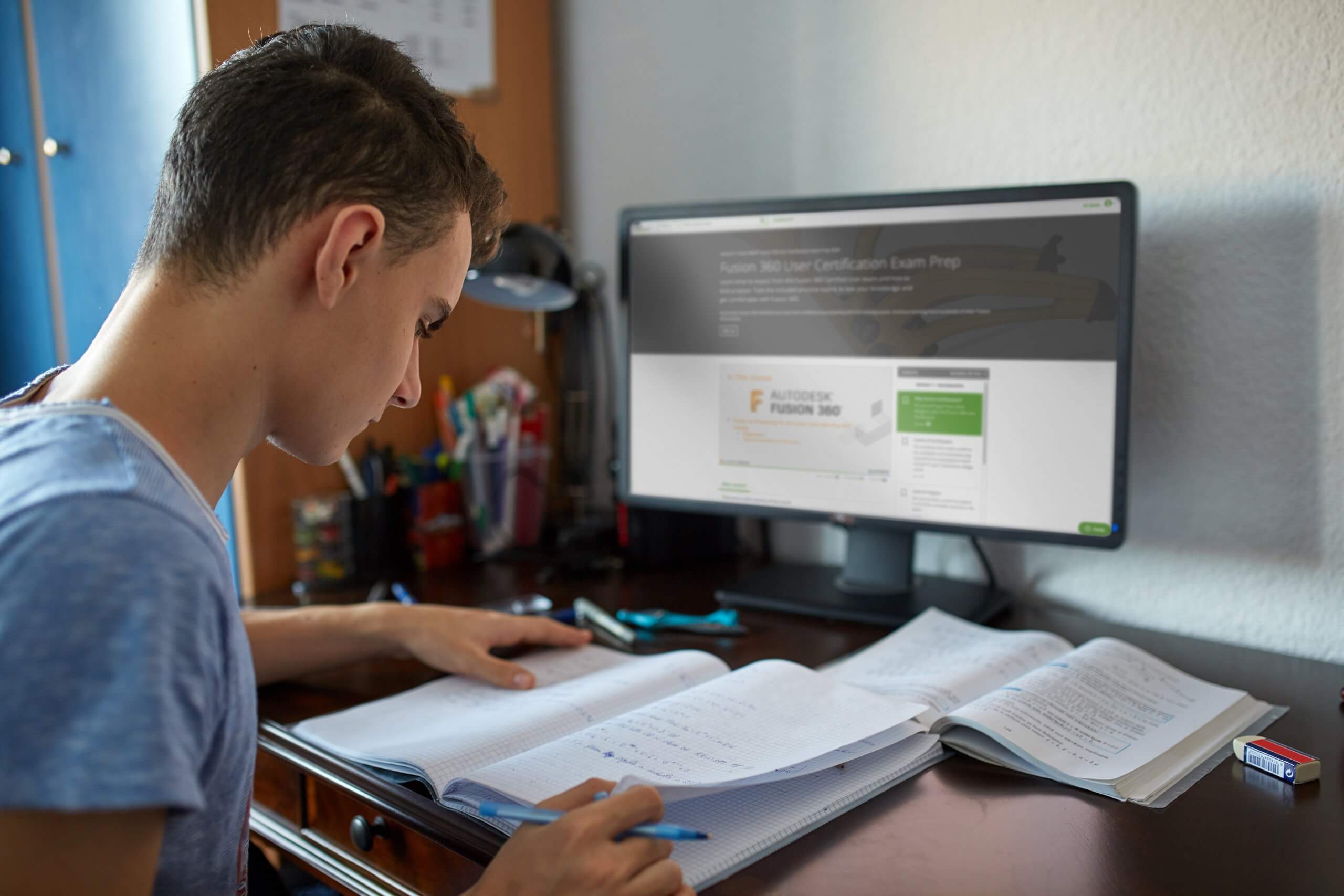Not all students learn in the same way
Educators know first-hand that students have different learning styles. Students retain information better when they watch a video, sit through a lecture, or work on project-based assignments.
Because of that, it can be difficult for students to retain information if you’re not teaching to their learning style. But with multimodal learning, you can ensure that all your students’ needs are met.
Multimodal learning is inclusive. It creates an environment where we set up students — and teachers — for success.
What is multimodal learning?
Multimodal learning is using multiple modes of learning to engage all of our senses so we retain more information. This makes memorization and engagement easier.
At its core, multimodal learning is an effective and practical way to advance your lesson plans and mold them to fit the classrooms’ needs.
Now, let’s do a deeper dive into the four different multimodal learning styles.
4 Multimodal Learning Strategies
There are 4 multimodal learning styles: visual, audio, reading and writing, and kinesthetic.
The VARK model, the popular method created by Neil Fleming – a teacher from New Zealand simplified this concept with the following acronym:
- V is for Visual: Learn by seeing pictures, graphs, infographics, etc.
- A is for Auditory: Listen to audiobooks, lectures, and podcasts.
- R is for Reading & Writing: Jotting down information can help these learners retain information quickly.
- K is for Kinesthetic: Learn by performing practical hands-on activities.

Discover your students learning styles with this VARK questionnaire.
Why is multimodal learning important?
It creates an environment where students are excited and eager to learn. So, it’s important to keep up with technology-based teaching methods and how to best apply them in your classroom.
Multimodal learning includes videos, top-notch audio, hands-on learning, and more. Since the COVID-19 pandemic, it’s become increasingly essential to discover new ways to use technologies and multimedia resources.
Create a fun and engaging environment where students are less likely to feel burned out or bored.
According to a Cisco study, students who explore various learning styles can grasp the material quicker and are more likely to retain more information.
READ MORE: 7 Reasons to Love — and Leverage — Multimodal Learning in Your Classroom
What are some examples of multimodal learning?
Multimodal learning allows students with different learning styles to demonstrate their knowledge, talents, and abilities.

Start incorporating multimodal learning assignments in your curriculum with these examples.
Visual:
- Videos
- Flowcharts, Diagrams & Charts
- Slideshows
Auditory:
- Repetition: Repeat key concepts as often as possible – you could even turn it into a rhyme!
- Flexible testing methods: Let your students take tests in spaces where they can read questions out loud.
- Discussions: Keep their auditory senses engaged by organizing a class discussion.
Reading & writing:
- Sort key concepts into categories and lists.
- Provide written examples to pair with diagrams & charts.
- Include short answers and essay questions on exams.
Kinesthetic
- Use real-life examples and scenarios to promote career-readiness and make relevant connections to your curriculum.
- Plan outings to local businesses or on-campus resources.
- Assign hands-on projects.
Remember that not every student has the same learning style, so including several multimodal learning strategies in your curriculum and assignments will be effective.
How can SolidProfessor help me with multimodal learning?
At SolidProfessor, we understand that allowing your students to learn at their own pace and through various learning styles is at the core of effective learning.
Through our learning platform students will have the opportunity to learn in visual, auditory, written, and kinesthetic ways that make our platform the perfect all-in-one solution for multimodal learning.

Here are five ways it can work for you:
- Keep your students senses engaged – Appeal to all four learning styles through interactive exercises and downloadable files that pair with our video-based courses.
- Customize lesson plans to your students needs – Build and modify your online program by assigning courses to supplement your in-class lessons.
- Teach with hands-on activities – Incorporate kinesthetic learning styles into your engineering curriculum through SolidProfessors’ guided and practice exercises.
- Develop college and career readiness – Help them earn industry-recognized certifications through SolidProfessors’ online training.
- Assess and analyze students progress – Fully understand if students are retaining information and furthering their skills according to state and industry standards.
























